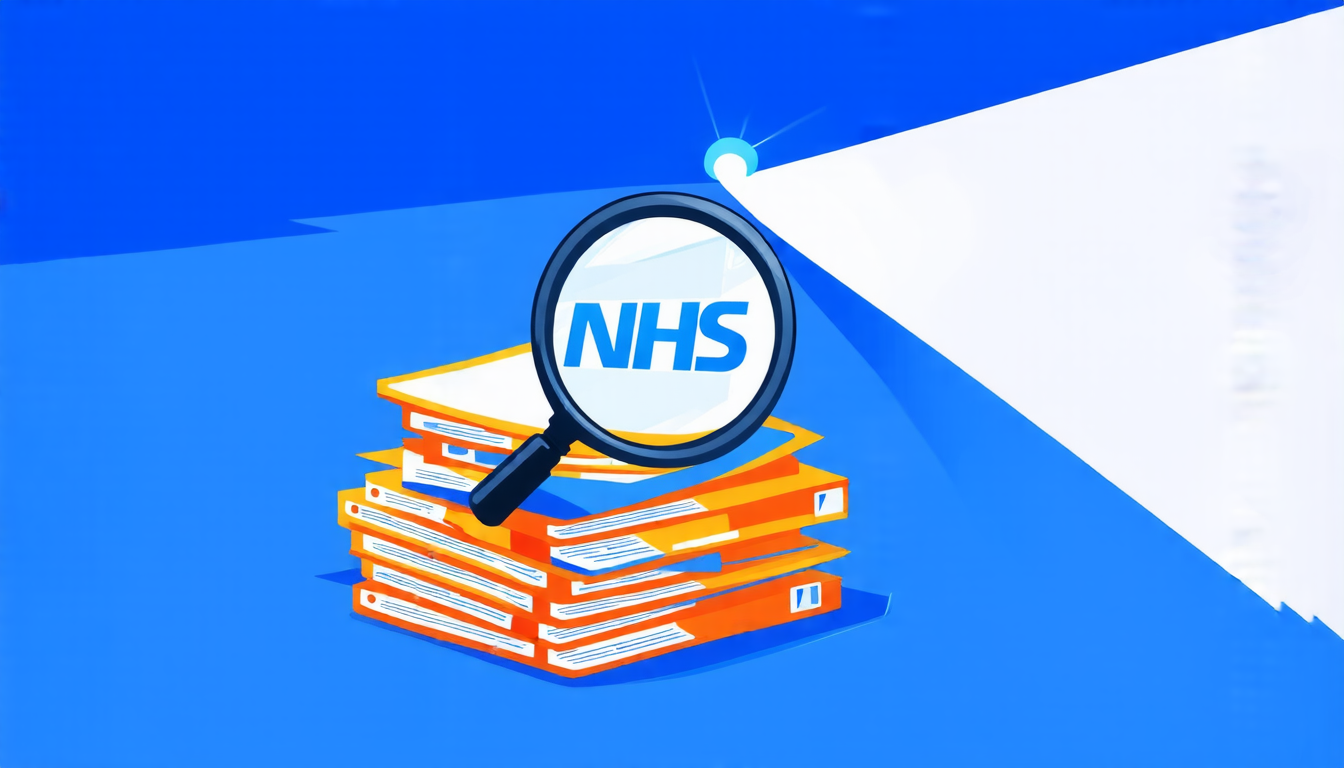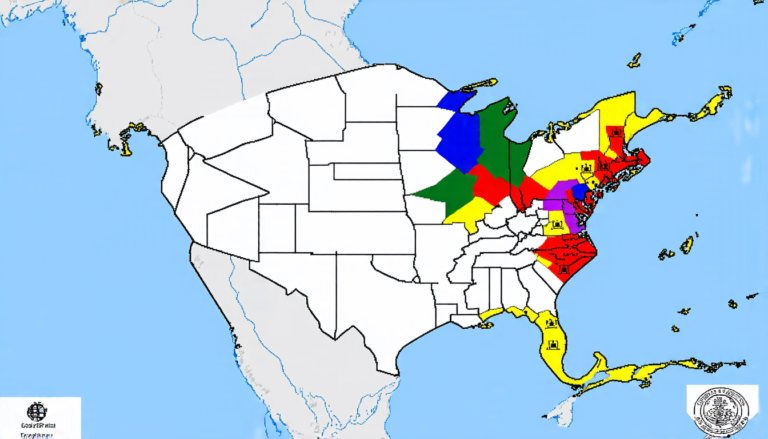Tuesday 29 July 2025
The intricacies of government transparency are often shrouded in mystery, with citizens left wondering what lies beneath the surface of official records. A recent study has shed light on this enigmatic topic by analyzing financial data from the National Health Service (NHS) in England.
Researchers delved into a vast dataset of transactions exceeding £25,000, mandated by law to be publicly accessible. However, their findings suggest that this threshold is not as transparent as it seems. The study reveals that only 34% of these high-value transactions are actually released, while the remaining 66% remain hidden from public view.
This disparity can have significant consequences for taxpayers and citizens seeking accountability in government spending. By examining the data, researchers discovered a pattern where large organizations within the NHS dominate the financial landscape, with a mere 1.3% of suppliers receiving 81.6% of total funds allocated. This concentration of power raises questions about potential inefficiencies or corruption that may be masked by these opaque transactions.
Furthermore, the study highlights the inconsistencies in how different institutions interpret and implement transparency regulations. Some NHS bodies provide detailed breakdowns of their expenses, while others offer limited information, leaving citizens with a fragmented understanding of government spending.
The researchers used mathematical models to analyze the data, drawing parallels between the patterns observed in healthcare finance and those seen in language, urban development, and economic inequality. This interdisciplinary approach provides insight into the complex dynamics at play, suggesting that descriptive vocabularies (such as expense types and areas) can be treated similarly to linguistic constructs.
The findings of this study have significant implications for transparency initiatives worldwide. By acknowledging the limitations of existing regulations and recognizing the need for more comprehensive data disclosure, policymakers can work towards creating a more accountable and transparent system.
Ultimately, this research underscores the importance of scrutinizing government spending and the need for robust transparency measures to ensure that taxpayer money is being used effectively and efficiently. As citizens, we deserve to know where our money is going and how it is being allocated – and scientists are working tirelessly to shed light on these mysteries.
Cite this article: “Shedding Light on Government Transparency: A Study of NHS Financial Data”, The Science Archive, 2025.
Government Transparency, National Health Service, Financial Data, Public Records, Taxpayer Accountability, Nhs Transactions, Supplier Concentration, Regulatory Inconsistencies, Descriptive Vocabularies, Transparency Initiatives







